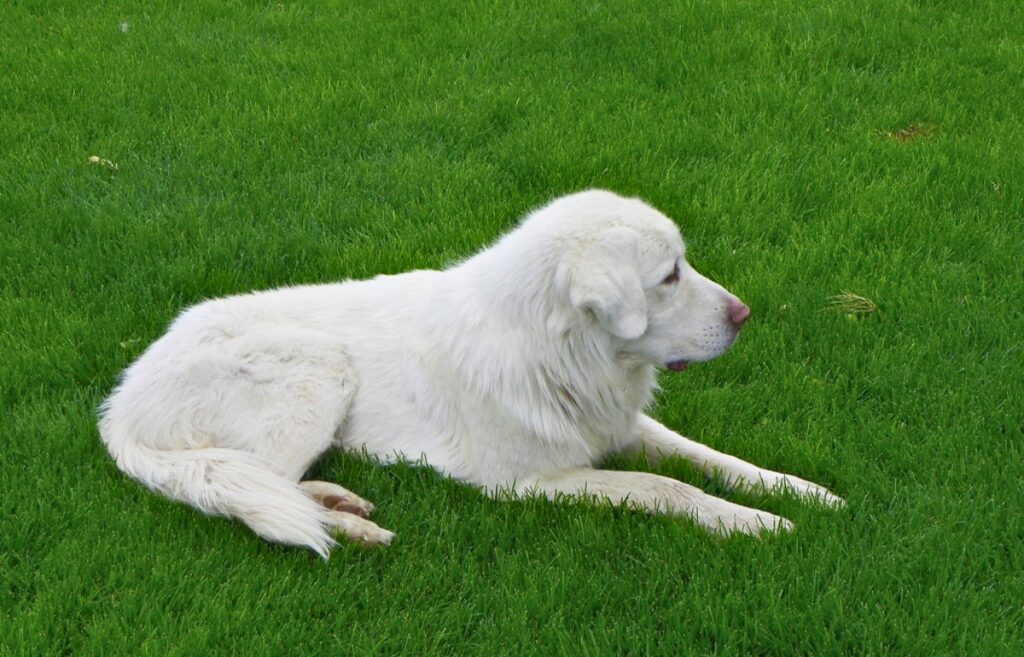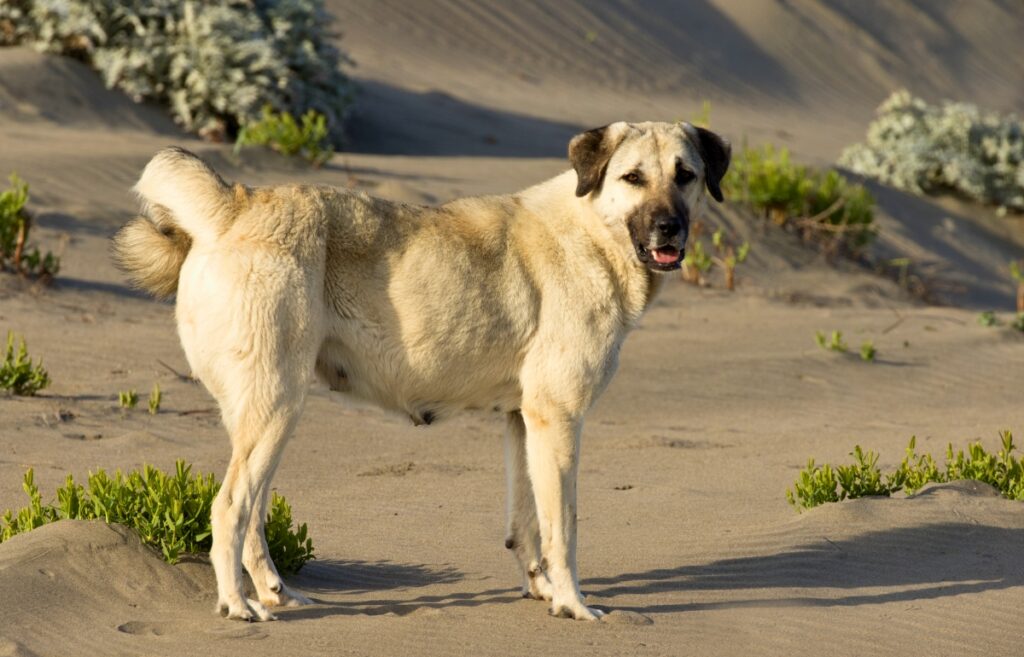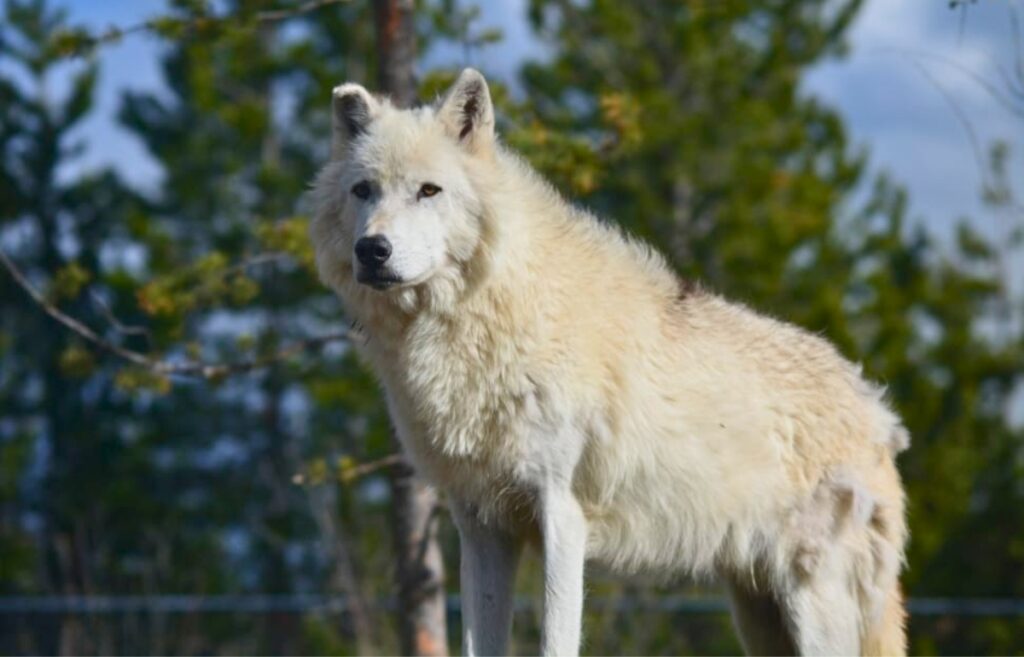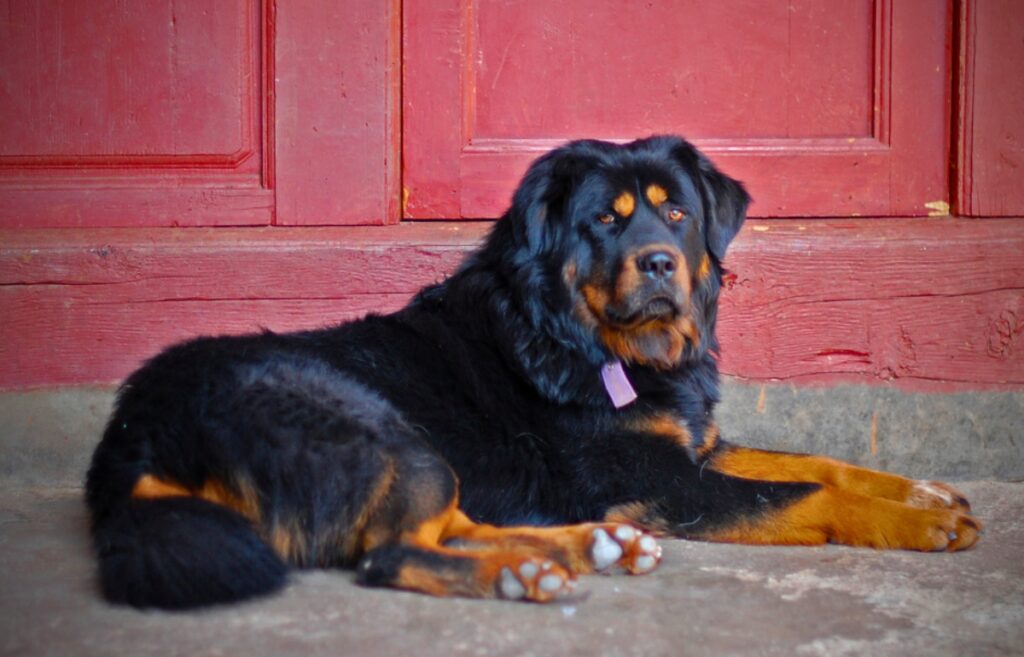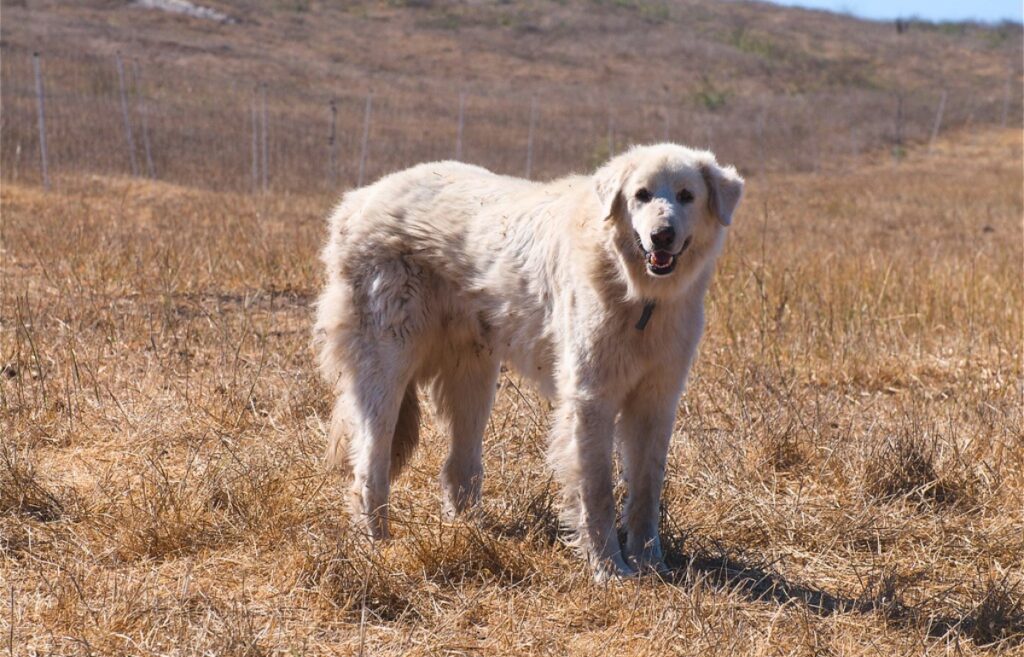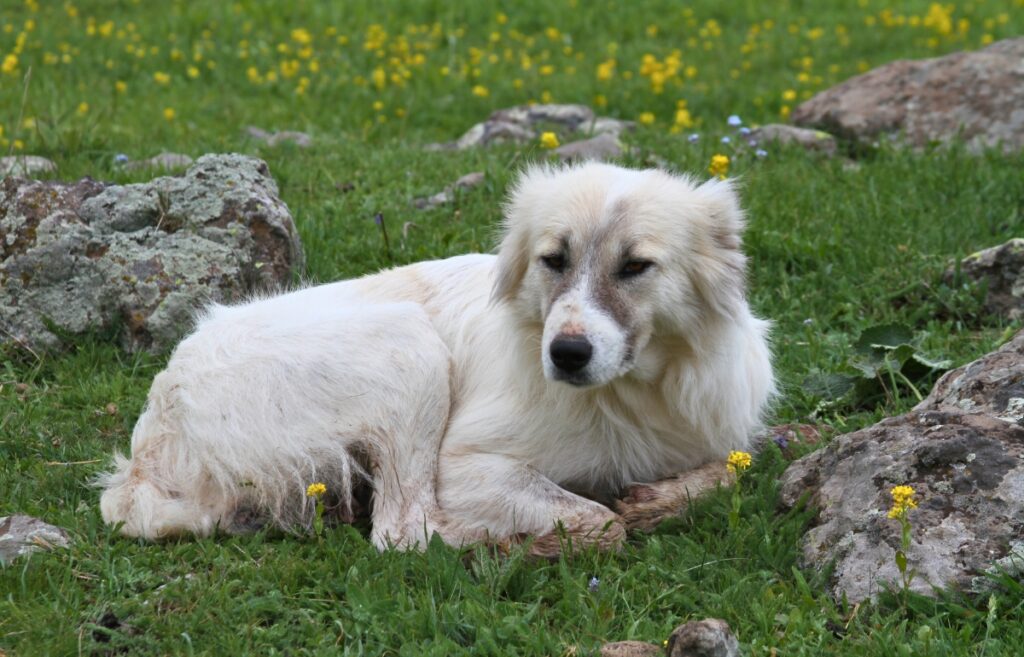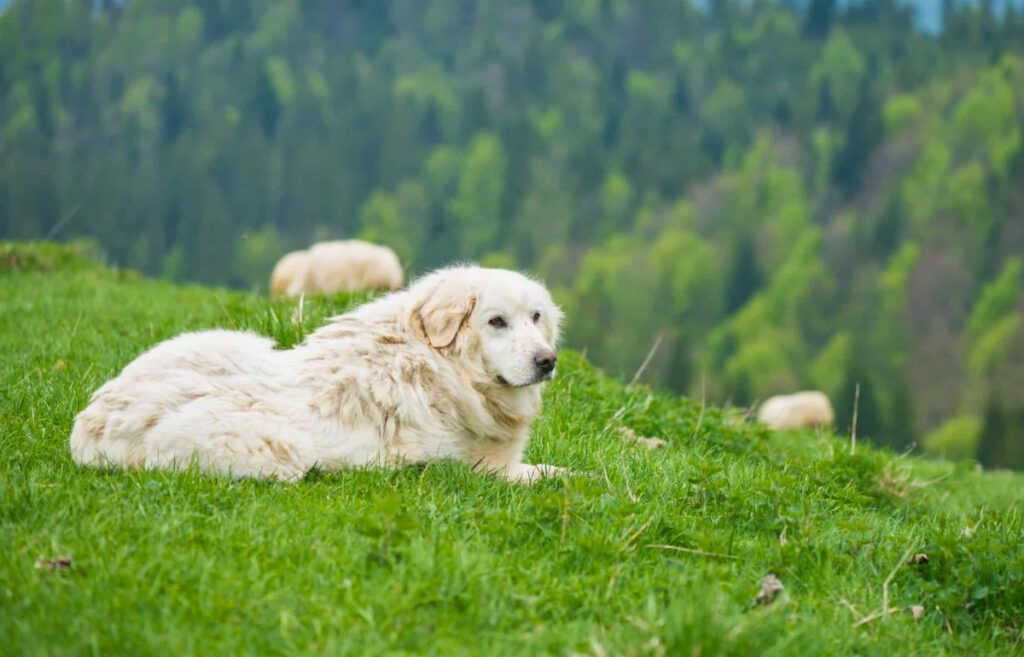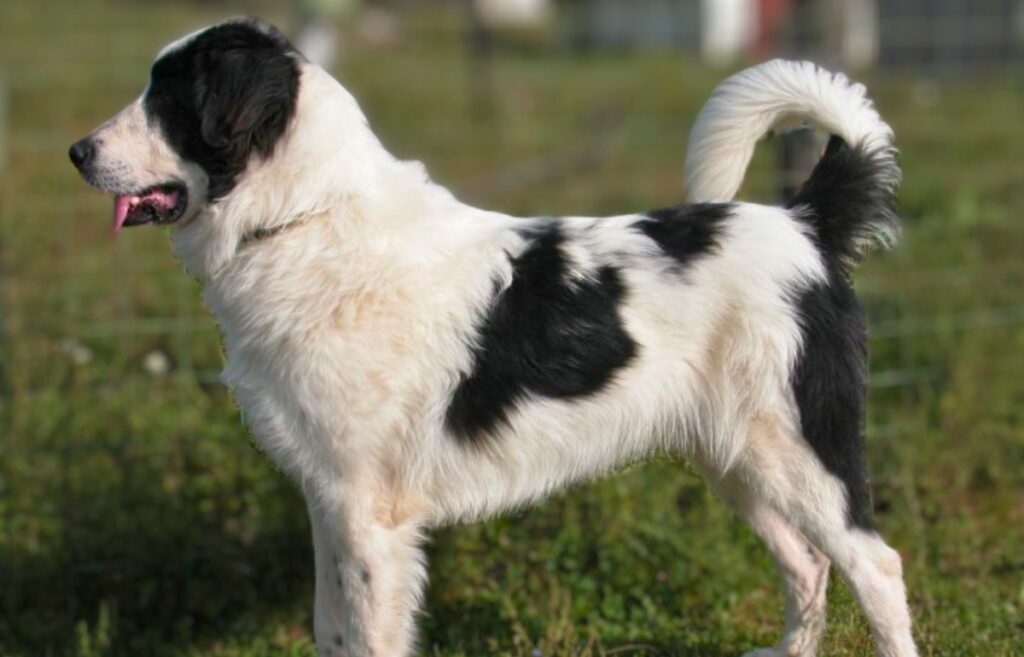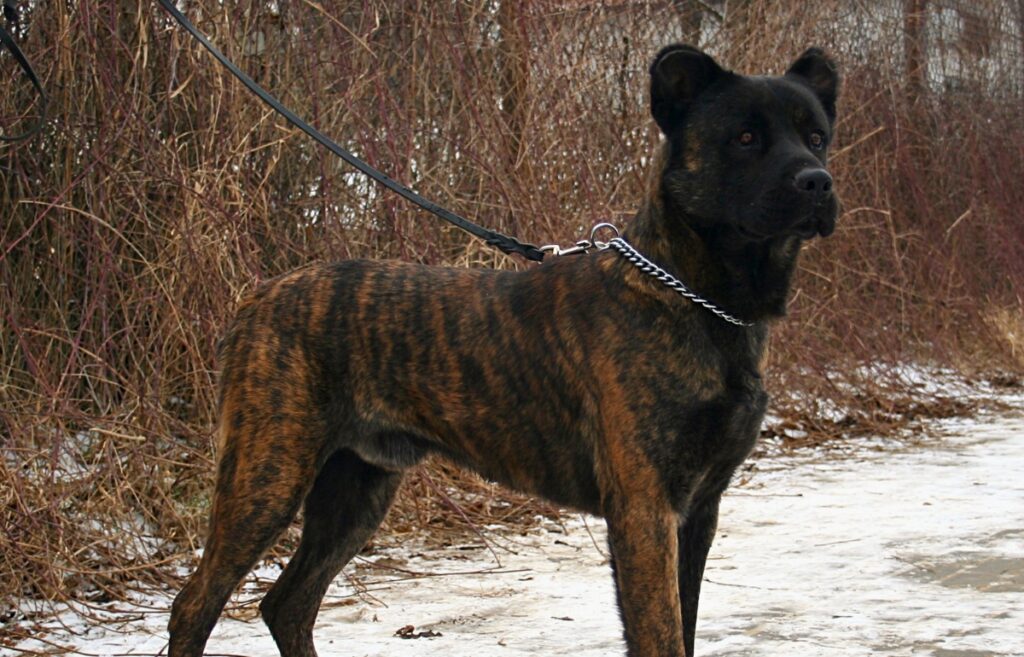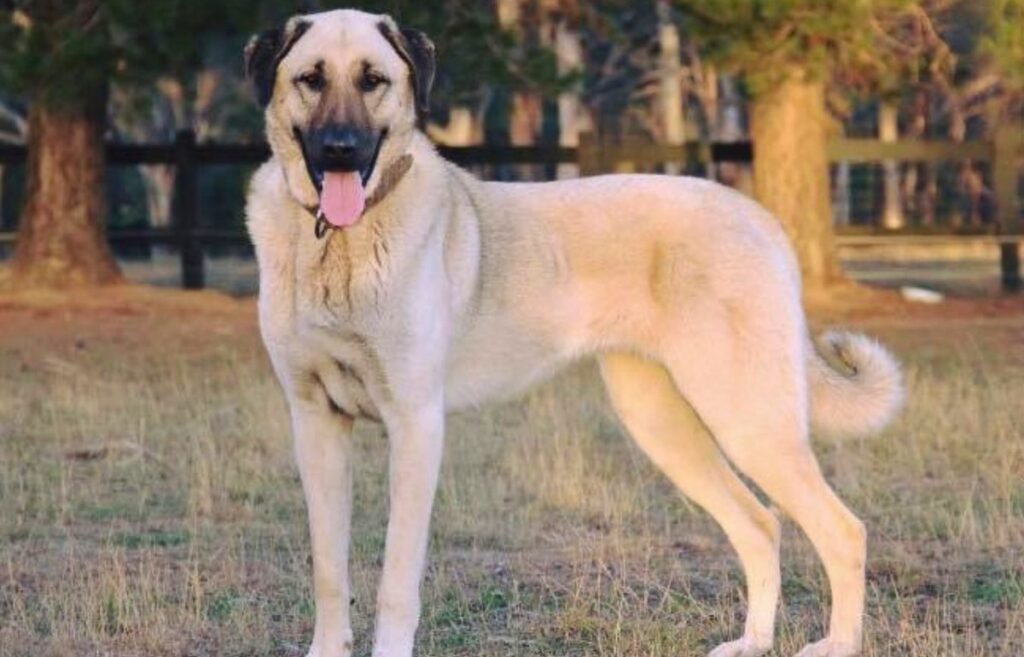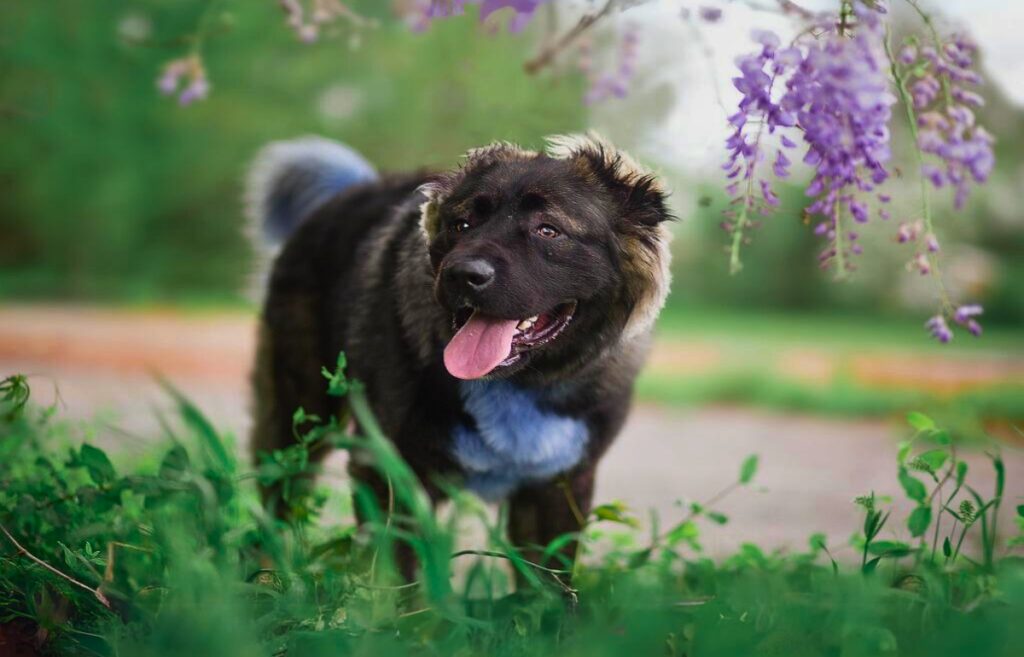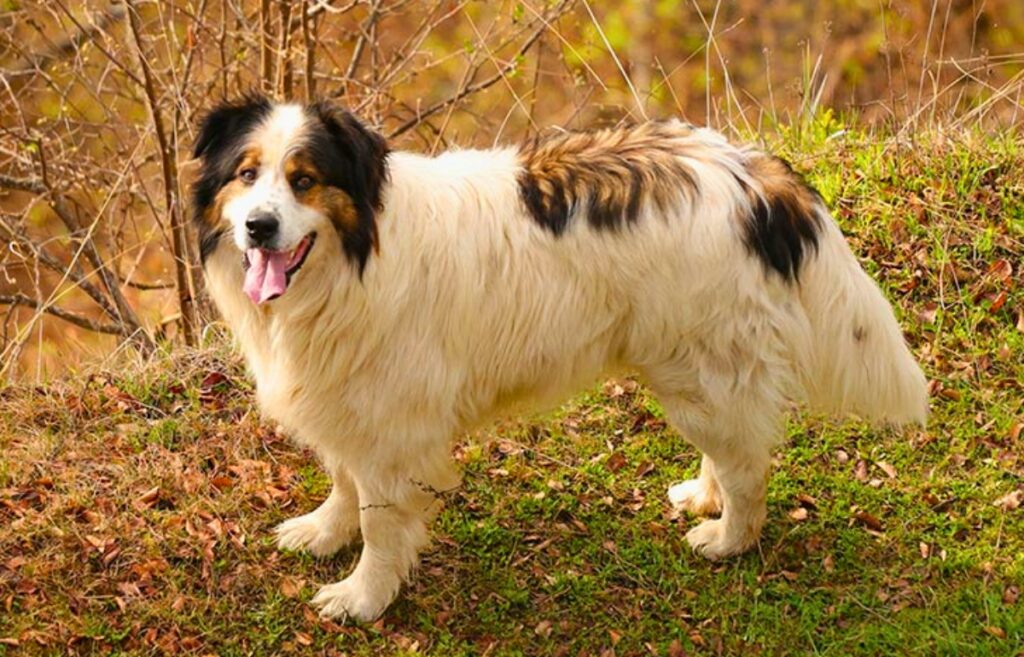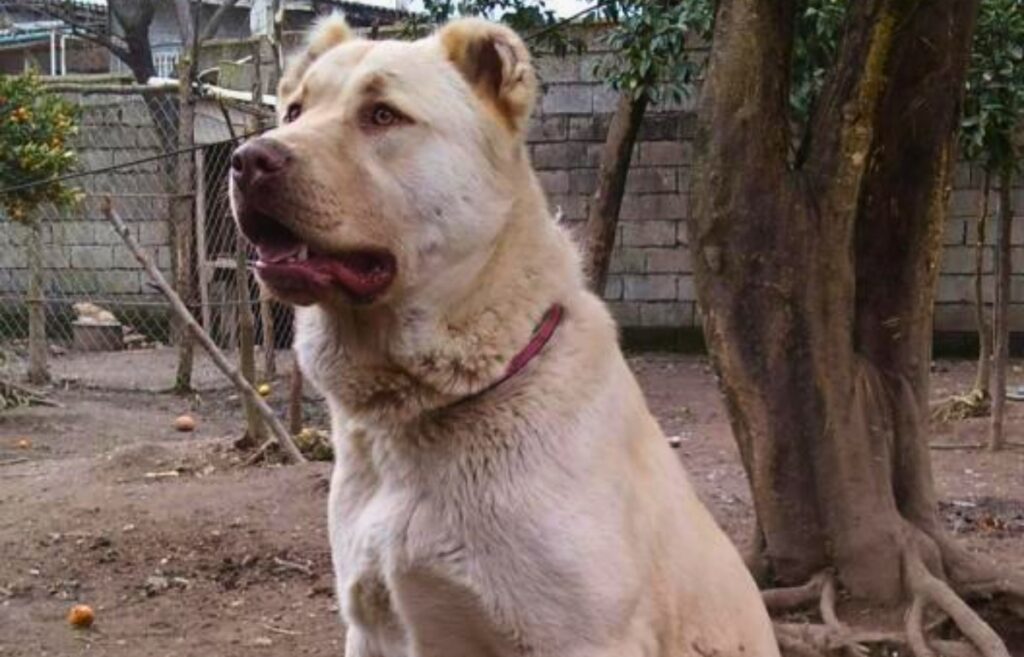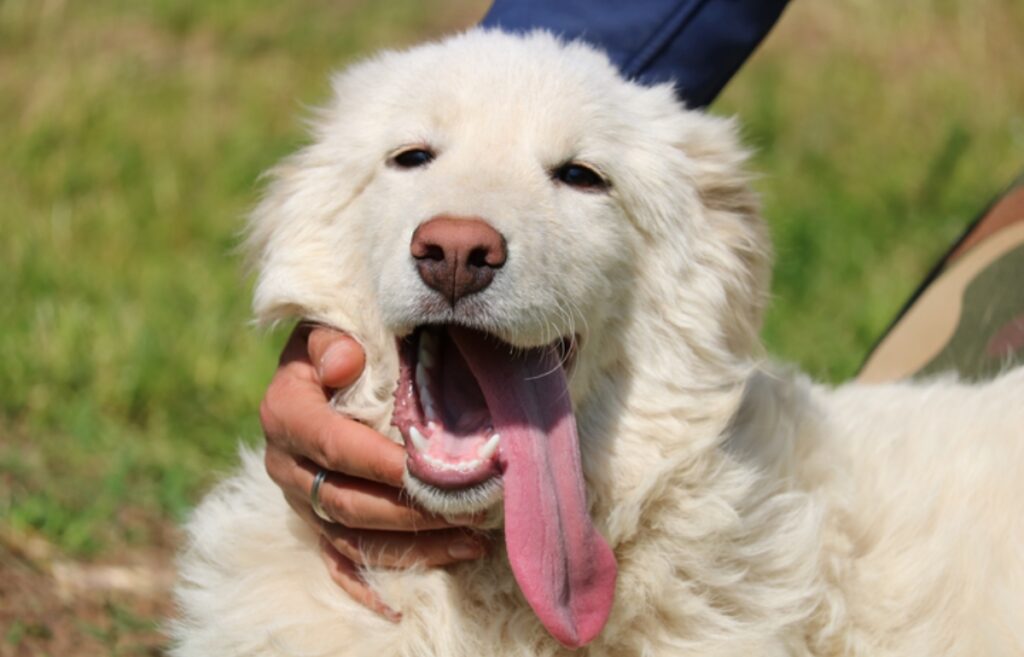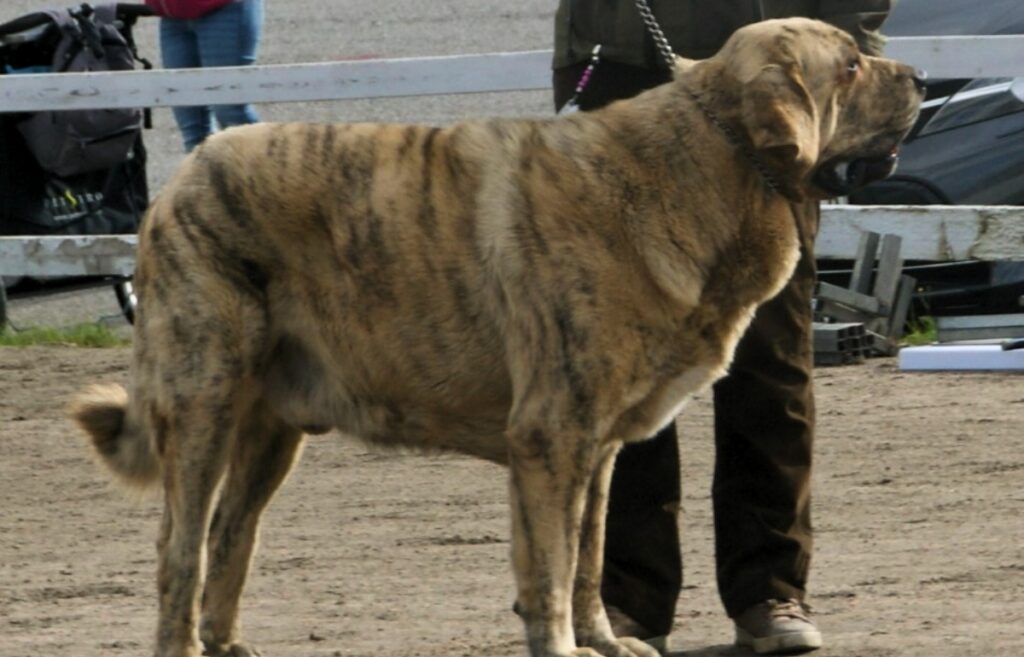Livestock losses to predators are a heartbreaking and costly reality for farmers. But nature itself offers a solution: the livestock guardian dog. These remarkable breeds, honed by centuries of shared existence with livestock, offer unwavering protection against coyotes, wolves, and even bears. Join us as we explore the top 19 livestock guardian breeds – from the majestic Great Pyrenees to the ancient Kangal – unveiling their unique strengths, temperaments, and what makes them nature’s true protectors of the flock.
id you know Great Pyrenees are bred to have an independent streak so they can guard livestock on their own? Or that there’s a dog breed called the Kuvasz that has battled mountain lions to protect its flock? Livestock guardian dog breeds are courageous and quick, and they’re some of the most intelligent dogs in the world.
These dogs are inherently devoted, muscular, and always ready. They make no bones about guarding people, property, or animals vehemently.
So, let’s talk about their stature, their temperament, and their heritage to find out just what it is about these dogs that make them put their lives on the line for others.
Characteristics of livestock guarding breeds
Let’s start with the basics… Herding dogs and guarding dogs are two different animals, figuratively speaking. Herders move livestock, and guardians guard them. Now, let’s get into some characteristics. Livestock guarding breeds need to:
- Be reliable around all kinds of livestock. (Cattle, sheep, pigs, chickens, etc.)
- Have low prey drives so they won’t be distracted
- Have the ability to take care of/get rid of any potential threat like: A. Wolves B. Boar C. Foxes D. Coyotes E. Wild dogs
- Have the ability to differentiate between family, friends, and threats
- Be obedient. Listen and act on commands except for certain breeds that need no supervision, like the Great Pyrenees.
Livestock-guarding breeds are fast and built to run. They’re also equipped with fur that withstands inclement weather. Self-starters, they often work alone and are trusted to do so. Now, let’s get into the breeds of livestock guardian dogs.
Livestock Guardian Dog Breeds
Let’s meet the 19 livestock guardian dog breeds that have stood the test of time, shielding herds with unmatched dedication and bravery:
1. Great Pyrenees
| Weight | 100 lbs.+ (males) 80 lbs.+ (females) |
| Height | 25”-32” (at the withers) |
| Characteristics | Calm, affectionate, protective |
This breed is highly intelligent, originated in the South of France, and is sometimes called Pyrenean mountain dogs in Europe. They bond tightly with the flock and the shepherd(s) and, with proper training and socialization, make excellent companion dogs.
Beautiful dogs, their white color is said to be necessary to identify them from predators at night. The Great Pyrenees are independent thinkers and don’t do well with obedience training. (“Sit,” “Lay down,” etc.)
Nightly, these livestock guarding dogs mostly scan the perimeter, bark, and sometimes roam for miles and then sleep some during the day. They’re double-coated and need shade when it gets too hot. I want to be a Great Pyrenees when I grow up.
2. Anatolian Shepherd Dog
| Weight | 80-150 lbs. |
| Height | 27”-29” |
| Characteristics | Territorial, agile, loyal |
These dogs aren’t quite as outgoing as the Great Pyrenees and can be skittish with strangers or unfamiliar dogs, but they still excel at what they do. They’ve been doing it for thousands of years, although they did begin as hunting dogs.
With his curled tail and friendly face, the Anatolian doesn’t look like the courageous, formidable animal he is. But you can’t judge a book…
Bred in Turkey to do just what they do, these dogs arrived in America in the 1950s. Their talents have gotten people to sit up and take notice – They were selected to protect endangered cheetahs in Namibia, Africa. Impressive.
3. Kuvasz
| Weight | 70-115 lbs. |
| Height | 26”-30” |
| Characteristics | Intelligent, independent, athletic |
This beautiful dog has a little too much spunk, and without proper training and socialization, he can be aggressive. It’s when this breed has been raised correctly that they become adorably mushy family members with both humans and pets.
This breeds white color not only lets them stand out to their guardians at night but also helps them blend in with their sheep herd/flock. They’ve had battles with mountain lions, which makes sense since they were used in Hungary for large-game hunting.
And their history is far-reaching… Clay boards with the name “Ku-assa” were found in northern Mesopotamia (from 1300 BC), which means “dog-horse.” They were dogs that traveled with and guarded horses and riders. Forever courageous.
4. Komondor
| Weight | 80+ lbs.-100+ lbs. |
| Height | 25.5”-27.5” |
| Characteristics | Territorial, agile, adaptable |
If you’re into those fancy dog shows – Who doesn’t love them? – you’ve probably seen a Komondor but may not have known its proper name. These livestock dogs have long twisted “cords” all over their bodies that can reach to the floor and down over their eyes. When they move, it’s like watching an old-fashioned mop in action.
A Hungarian breed, the Komondor will bark at the slightest sound or movement but can be trained to decipher what’s dangerous and what’s not. They generally take their position as a guard dog in one location with a good view rather than furiously running around, so they tend not to need excessive exercise.
They’re also rather expensive to buy. Puppies cost $1,000+, and show-quality pups are even higher. Between this and professional grooming costs, they’re quite the investment.
5. Tibetan Mastiff
| Weight | 70-150 lbs. |
| Height | 24”-26” |
| Characteristics | Obedient, quiet, athletic |
Don’t let their fluffball appearance fool you. They’re quite the formidable guard dog. These barkers were used in Tibet for thousands of years as property guards. Rare and tenacious, their history is largely unknown aside from being in Central Asia for thousands of years. They arrived in America in the 1950s, and subsequently, in 1974, the American Tibetan Mastiff Association (national club) was formed.
These livestock guardian dogs have double coats – under and outer coats – that are surprisingly easy to maintain. In the 2000s in China, those who wanted a status symbol paid close to $200,000 for one. (That’s a whole lot of status.) Today, the breed is banned there.
Tibetan mastiffs are instinctually suspicious of strangers, and with their extremely strong jaws and teeth, they must be taught who’s friend and who’s foe. You definitely don’t want to be caught on the wrong side of one.
6. Akbash
| Weight | 80-140 lbs. |
| Height | 29”-33” |
| Characteristics | Independent, protective, loud |
These mostly white guard dogs have double dew claws, like the Great Pyrenees, and are double-coated. Their sometimes curled tail, adorable faces, and floppy ears can give the impression they’re pushovers, which indeed they’re anything but.
Developed in Turkey, these ancient dogs are alert with especially good hearing and eyesight. Akbash bonds with their flocks of sheep or goats, and that bonding ability, along with their protective tendencies, has made them perfect service dogs.
7. Armenian Gampr
| Weight | 90-135 lbs. |
| Height | 23”-26” |
| Characteristics | Courageous, reliable, powerful |
These livestock guardian dogs are an important part of the culture, history, and lives of Armenians. The word “gampr” is broken down this way: “Gam” means “I come” and “prem” means “I kill.” They’ve been bred in the Armenian Highlands for centuries to guard cattle from wolves and thieves.
When the guard dogs recognize an intruder, they warn the other dogs, surround the herd, and attack the person. They’ve been used by wildlife hunters to chase bears.
If you wanted to own an Armenian Gampr in the Highlands but had no resources to pay for one, there was an unusual exchange: The future guardian would work for free for 80 days for the dog’s owner. Bartering at its best.
8. Polish Tatra Sheepdog
| Weight | 80-130 lbs. |
| Height | 26”-28” |
| Characteristics | Intelligent, independent, aloof |
This gorgeous, white, fluffy sheepdog was bred to guard large herds of sheep on massive areas of land so they don’t flourish in confined or small spaces. The rare fluffy dog breed was named after their original homeland of the Tatra Mountains in Southern Poland. Today, these livestock guardians still work there but are also companion animals.
With heavy bones and thick top coats, they need special diets so their joints can develop slowly to keep skeletal problems at bay.
9. Bucovina Shepherd
| Weight | 70-90 lbs. |
| Height | 25”-31” |
| Characteristics | Devoted, courageous, calm |
This rare dog is mainly known in Romania as a dedicated canine protector of livestock and was probably developed during the Roman Empire. Bucovina shepherds have served as guarders, protectors, and herders and develop close relationships with their animal and human families.
Breeders who developed shepherds for intelligence and temperament “struck gold” with these dogs.
The Bucovina excels as:
- Emotional therapy dogs
- Military service animals
- Competitors in obedience
10. Portuguese Cattle Dog
| Weight | 55-88 lbs. |
| Height | 22”-25” |
| Characteristics | Fearless, protective, intelligent |
These courageous dogs have a history shrouded in mystery. They’ve been everything from military dogs to family companions. This livestock guardian can be loving, tolerant, gentle, and friendly when they’re not fighting off wolves to save cattle.
They’re still a working breed in Europe and are suspicious of strangers and unfamiliar dogs. The Portugese cattle dog often remains separated from the herdsmen and can still work efficiently.
Once close to extinction, there are less than 500 of them that remain in the world today.
11. Kangal Shepherd Dog
| Weight | 80-150 lbs. |
| Height | 27”-29” |
| Characteristics | Powerful, calm, protective |
Kangals have strong guarding instincts and were developed in Turkey in the Kangal District of the Sivas Province. Just introduced to the US in 1985, they are particularly loving towards their human families and adore children. They need to have plenty of mental stimulation if they’re not used to work herds.
The Kangal is quite adaptable to weather conditions but doesn’t need to become overheated, so shade must be available in hot weather conditions. According to the Daily News in Turkey, the Turkish Armed Forces used them at border posts in 2018.
12. Caucasian Shepherd Dog (Ovcharka)
| Weight | 100-170 lbs. |
| Height | 23”-30” |
| Characteristics | Courageous, alert, protective |
They were bred as herd protectors and as guard dogs for families in the Caucasus Mountains region between Europe and Asia. Intelligent and, at times, stubborn, they don’t do well in obedience training. They understand commands but often show they’re just not in the mood.
Having said that, these livestock guardians make incredible therapy and service dogs. They are strong-willed though, and need a firm hand and positive reinforcement while training. If you don’t want them to be aggressive towards other dogs, socializing them early will do wonders for them and you.
13. Karakachan
| Weight | 77-130 lbs. |
| Height | 25”-30” |
| Characteristics | Courageous, independent, loyal |
This livestock guardian dog can trace its history back to an old, nomadic tribe called the Karakachoni (native to Greece), and Bulgaria is their place of origin. This breed’s puppies are introduced to the stock at an early age to form strong bonds. They will be preparing to guard against mostly wolves and bears.
Up until the 1950s, the Bulgarian Army used them as watchdogs and to protect the border. The Korokochan is a loyal and playful dog with its guardians. They have two types of coats: Long and short. Since they were bred for centuries to do what they do, they have a large tolerance for exercise and need plenty of it.
14. Tornjak
| Weight | 62-110 |
| Height | 23”-28” |
| Characteristics | Friendly, obedient, steady |
The Tornjak is highly affectionate with this human family but can be suspicious of strangers. Although they’re cuddly, all is not butterflies and rainbows with this dog since they can be aggressive towards anyone who threatens their family or flock.
The dogs from the original line belonged to the mountain areas of Bosnia, Herzegovina, and Croatia, where they have existed for the last 1,000 years (proven by documentation).
They’re another breed that almost went extinct, but continuous pureblood breeding began in 1978.
15. Kuchi
| Weight | 84-176 lbs. |
| Height | 27”-35” |
| Characteristics | Vigilant, trustworthy, intelligent |
This breed was developed by Afghanistanian nomads who needed protection for themselves and their flocks against predators and thieves attacking their caravans.
They are territorial and protective and don’t mix well with unfamiliar dogs. The Kuchi is cherished in their native Afghanistan and Pakistan, although not recognized as a breed in the Western hemisphere.
These livestock guardian’s stamina is almost unmatched, and when you add their agility, athleticism, and temperament to that, you have a formidable guard animal. They have three different classifications that show up as minimal differences in the dog: Mountain type, steppe type, and desert type.
16. Maremmano-Abruzzese Sheepdog
| Weight | 77-99 lbs. |
| Height | Up to 29” |
| Characteristics | Loyal, loving, protective |
The Maremma was found in the regions of Italy known as Maremmano-Abruzzi and has been used for thousands of years to protect herds from wolves. Although they appear to be smiling when they pant, don’t let that confuse you…These are brave and forceful dogs when they protect.
The Maremma guards all types of livestock in Australia including goats, alpaca, and chickens. The Maremma Sheepdog protects herds/flock using:
- Territorial marking
- Using warning barks
- Lunging, snarling, and fighting
They’ll initially bark at the predator and if that doesn’t work, they will attack.
17. Sarabi Dog
| Weight | 110-200 |
| Height | 28”-35” |
| Characteristics | Alert, strong, faithful |
Also known as the Persian mastiff, the Sarabi’s posture says, ‘I’m ready for anything’ and he is. Having originated from the region of Sarab County in Iran, this breed is traditionally hard to find anywhere else. They’re not aggressive towards strangers but are wary of them and quite protective of human family members.
These livestock guardians people-pleasers and intelligent and when you mix the two, you have a highly trainable animal. If they’ve grown up with other family pets, they can co-exist just fine but early socialization is required if they haven’t.
These dogs are experienced in:
- Tracking
- Search and rescue
- Therapy work
18. Rafeiro do Alentejo
| Weight | 77-132 |
| Height | 25”-29” |
| Characteristics | Affectionate, powerful, calm |
The Rafeiro do Alentejo is said to have descended in the Middle East from molosser dogs. (Or dogs that have wide chests, large stature, and muscled legs like “bully breeds” and mastiffs) When Portuguese shepherds and herds were migrating due to the beginning of the transhumance (seasonal droving of livestock) in Portugal, they encountered many dangers. Enter the Rafeiro do Alentejo. As the population settled, these livestock guardians remained along the routes in the southern prairies and the Alentejo plains.
These spectacular canines began as hunting dogs for big game and are now used to protect property and livestock.
19. Spanish Mastiff
| Weight | 150-220+ lbs. |
| Height | 28”-35” |
| Characteristics | Calm, affectionate, powerful |
Spanish mastiffs, massive dogs, are passionate defenders whether they remain in one area/position or wander around the flock. Since he looks like someone put a blanket over him (loose skin folds) and has a sweet, unassuming countenance, you’d think he was a pushover but that’s not at all the case.
These livestock guardian breeds are fiercely protective and don’t trust outsiders. Documentation shows that they’ve been around for over 2,000 years. They were used in Europe to herd, transport, and protect.
In 1526, records show that 3.5 million Merino sheep (a breed with exceptional wool quality) migrated accompanied by Spanish mastiffs. They were also used in battle by the Spaniards.
Choosing the Right Livestock Guarding Dog
Take a look at this list that gives specific ways to find the right livestock guarding dog (LGD):
- Begin by knowing your herd’s headcount since larger flocks may need more than one dog.
- Investigate breed associations like the American Kennel Club (AKC) and other clubs that focus on a particular breed. They’ll usually provide a list of reputable breeders.
- Make sure a breeder specializes in LGD dogs and not pets or show dogs. Look for a dog proven to be in a bloodline of LGDs.
- Contact farmers who have LGDs to inquire about puppies or even an established adult, working dog.
- Avoid ‘bargains’ or ‘sales’ as this generally implies something is wrong with the dog like lack of training, undesirable temperament, or poor health.
- Expect to pay around $500 for a puppy and $1,000 for an adult and if you’re looking for a rare breed, you can at least double those amounts.
FAQs
Which Dog Breed Is the Best for Livestock Protection?
It completely depends on the type of herd you have and the area you’re in. Some excel in colder temperatures and work with cattle while some prefer hot weather and work with chickens.
What Is the Personality of a Livestock Guardian Dog?
They’re:
- Loyal
- Brave
- Attentive
- Protective
- Affectionate
- Independent
- Aloof with strangers
- Stubborn with basic obedience training
Which Is the Largest Livestock Guardian Breed?
And the winner is…the Spanish mastiff.
Is the Smallest Livestock Guardian Breed?
The Sarplaninac is around 24” tall and weighs between 77-99 lbs. or the Tornjak that is 23”-28” and weighs between 62-110 lbs.
Conclusion
You’ve now learned that giant dogs protecting livestock have some things in common. They:
- Need proper space to roam and exercise
- Have double coats for protection from the elements
- Are protective, loyal, and obedient with herdsmen and families
- Have no fear
- Are mostly all ideal family companions
Now I want to go adopt one. Want to go?
Livestock guardian dogs are invaluable partners for farmers and ranchers, representing a natural and effective method of protecting vulnerable flocks and herds. From the imposing Great Pyrenees to the agile Anatolian Shepherd, these 19 breeds showcase a diverse range of physical and temperamental strengths tailored to various climates and predator threats. Their innate protective instincts, coupled with careful training and socialization, make them a powerful deterrent against predation, contributing significantly to the sustainability and success of livestock operations worldwide. Investing in a livestock guardian dog is an investment in peace of mind and the long-term health of your livestock.


